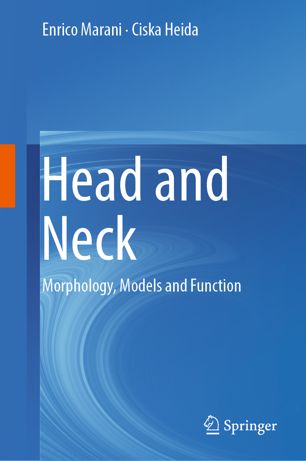

Most ebook files are in PDF format, so you can easily read them using various software such as Foxit Reader or directly on the Google Chrome browser.
Some ebook files are released by publishers in other formats such as .awz, .mobi, .epub, .fb2, etc. You may need to install specific software to read these formats on mobile/PC, such as Calibre.
Please read the tutorial at this link: https://ebookbell.com/faq
We offer FREE conversion to the popular formats you request; however, this may take some time. Therefore, right after payment, please email us, and we will try to provide the service as quickly as possible.
For some exceptional file formats or broken links (if any), please refrain from opening any disputes. Instead, email us first, and we will try to assist within a maximum of 6 hours.
EbookBell Team

4.4
72 reviewsThis book offers a critical review of the head and neck from an anatomical, physiological and clinical perspective. It begins by providing essential anatomical and physiological information, then discusses historical and current views on specific aspects in subsequent chapters. For example, the anatomy of the skull cap or cranial vault provided in the first chapter is discussed in the context of malformation and identity, as well as the development of the bony skull, in the following chapters. These chapters provide stepping-stones to guide readers through the book. There are new fields of research and technological developments in which Anatomy and Physiology lose track of progress. One of the examples discussed is the automated face recognition.
In some respects, e.g. when it comes to cancers and malformations, our understanding of the head and neck – and the resulting therapeutic outcomes – have been extremely disappointing. In others, such as injuries following car accidents, there have been significant advances in our understanding of head and neck dysfunctions and their treatment. Therefore head movements, also during sleep, and head and neck reflexes are discussed. The book makes unequivocal distinctions between correct and incorrect assumptions and provides a critical review of alternative clinical methods for head and neck dysfunctions, such as physiotherapy and lymphatic drainage for cancers. Moreover, it discusses the consequences of various therapeutic measures for physiological and biomechanical conditions, as well as puberty and aging. Lastly, it addresses important biomedical engineering developments for hearing e.g. cochlear implants and for applying vestibular cerebellar effects for vision.